Despite abandoning one-child policy Beijing has seen little success in reversing decline
THANK YOU CHINA
Samuel Osborne @SamuelOsborne93
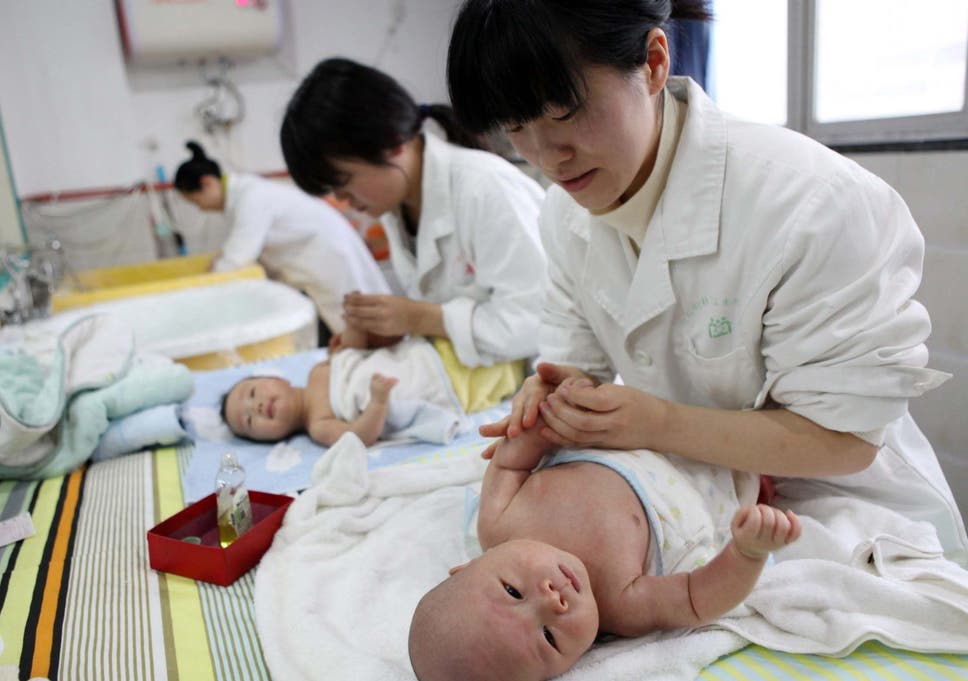
Nurses look after babies at an infant care centre in Yongquan, southwest China ( AFP via Getty Images )
China’s birth rate has fallen to its lowest since the founding of the communist People’s Republic 70 years ago.
Last year there were 14.6 million births, a drop of 580,000 from the year before, according to a report from the National Bureau of Statistics released on Friday.
The birth rate of 10.48 per 1,000 people marked the third consecutive year to see a decline in the overall number of births.
Despite abandoning its long-standing one-child policy in 2016, China has seen little success in reversing its declining birth rate.
The policy allowing couples to have a second child has been met with little enthusiasm amid a lack of incentives and rising costs for housing, food, health care and education.
China’s population reached 1.4 billion by the end of 2019, an overall gain of 4.67 million people, the bureau said.
However, the country’s working age population, those between 16 and 59 years old, declined by 890,000.
Meanwhile the number of people aged 60 or older grew by 4.39 million, making up 18.1 per cent of the total population.
In January last year, a Chinese government-affiliated think tank warned the population of the world’s second-biggest economy could begin shrinking as soon as 2027.
Samuel Osborne @SamuelOsborne93

Nurses look after babies at an infant care centre in Yongquan, southwest China ( AFP via Getty Images )
China’s birth rate has fallen to its lowest since the founding of the communist People’s Republic 70 years ago.
Last year there were 14.6 million births, a drop of 580,000 from the year before, according to a report from the National Bureau of Statistics released on Friday.
The birth rate of 10.48 per 1,000 people marked the third consecutive year to see a decline in the overall number of births.
Despite abandoning its long-standing one-child policy in 2016, China has seen little success in reversing its declining birth rate.
The policy allowing couples to have a second child has been met with little enthusiasm amid a lack of incentives and rising costs for housing, food, health care and education.
China’s population reached 1.4 billion by the end of 2019, an overall gain of 4.67 million people, the bureau said.
However, the country’s working age population, those between 16 and 59 years old, declined by 890,000.
Meanwhile the number of people aged 60 or older grew by 4.39 million, making up 18.1 per cent of the total population.
In January last year, a Chinese government-affiliated think tank warned the population of the world’s second-biggest economy could begin shrinking as soon as 2027.
---30---
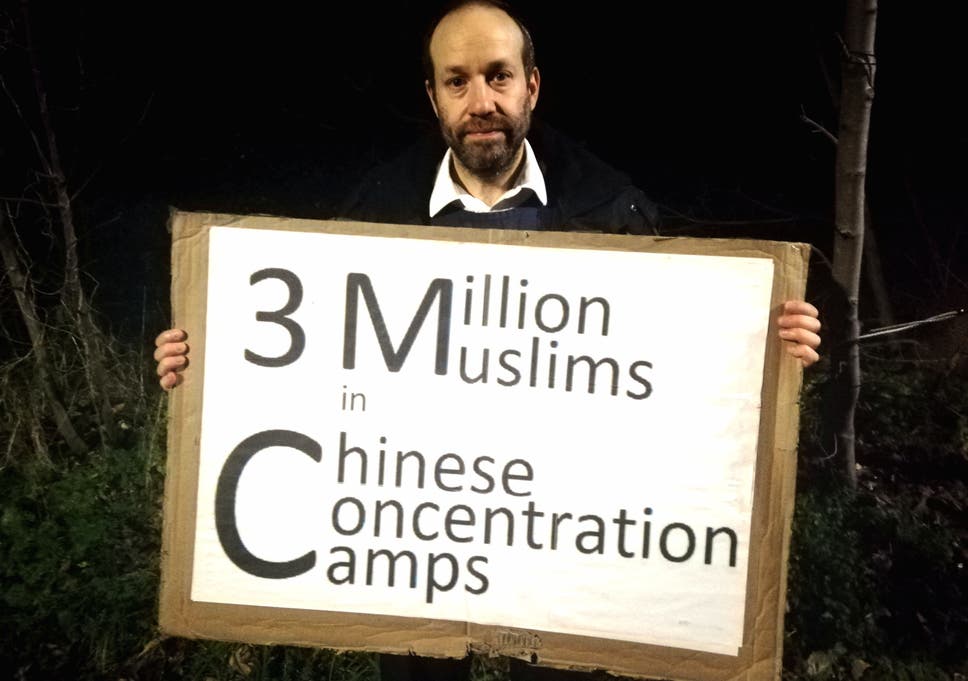
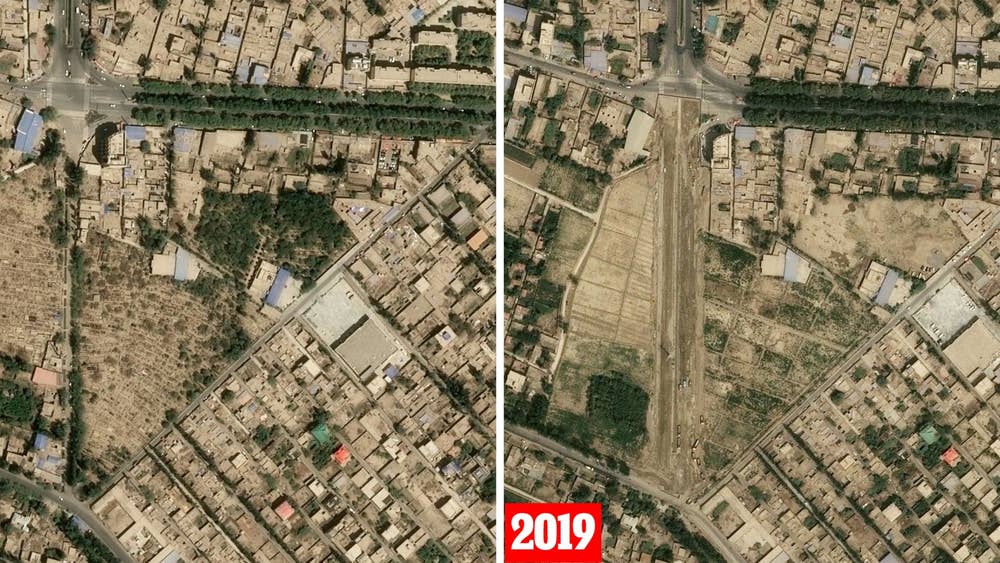
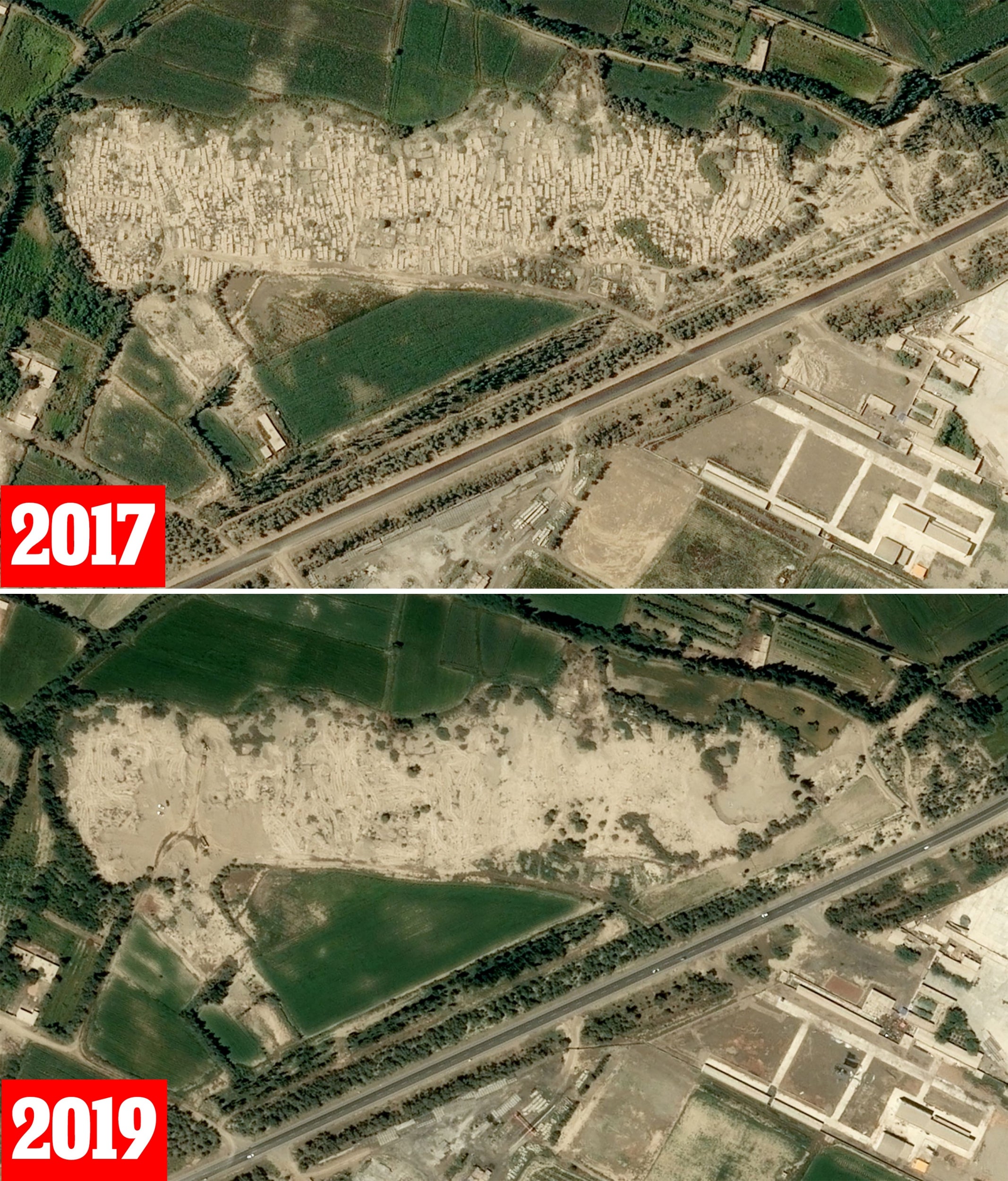
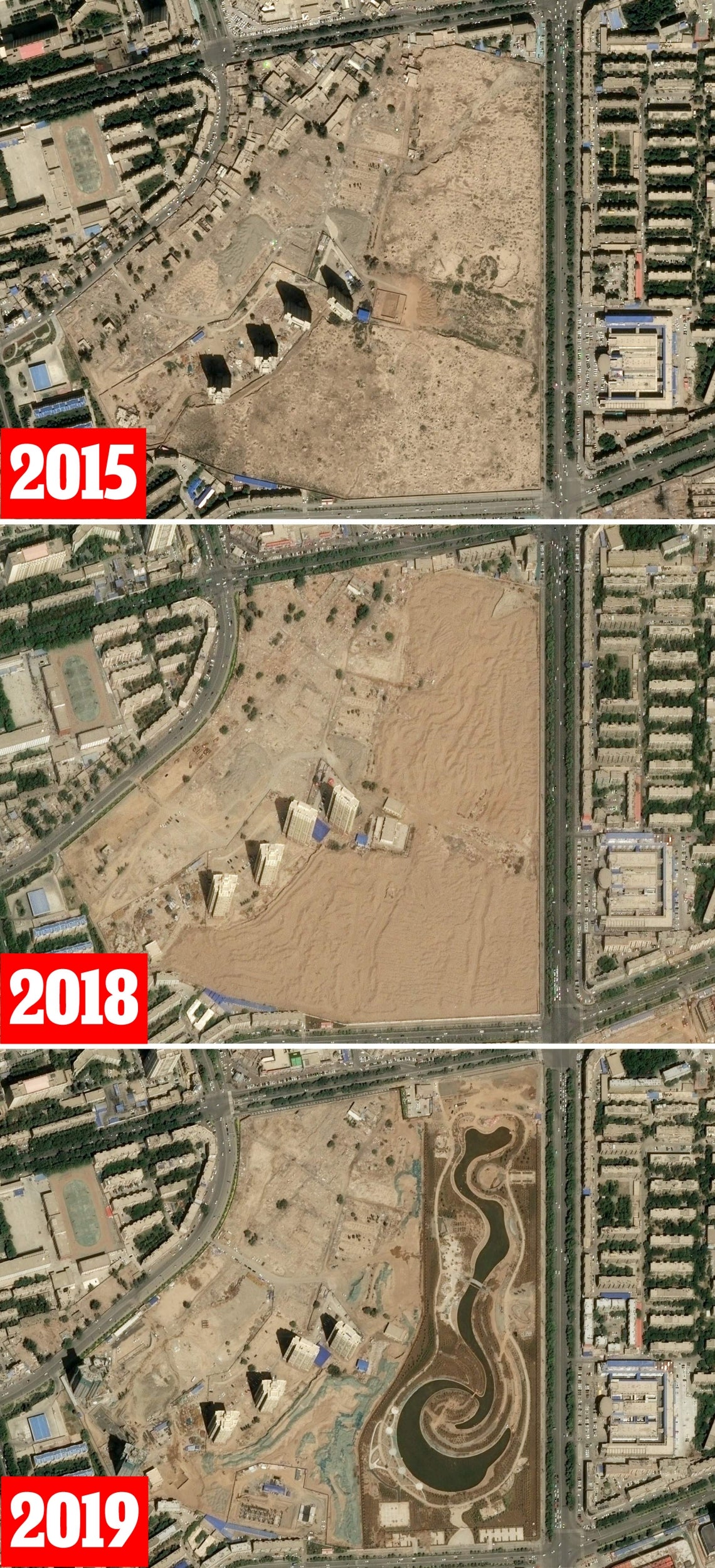
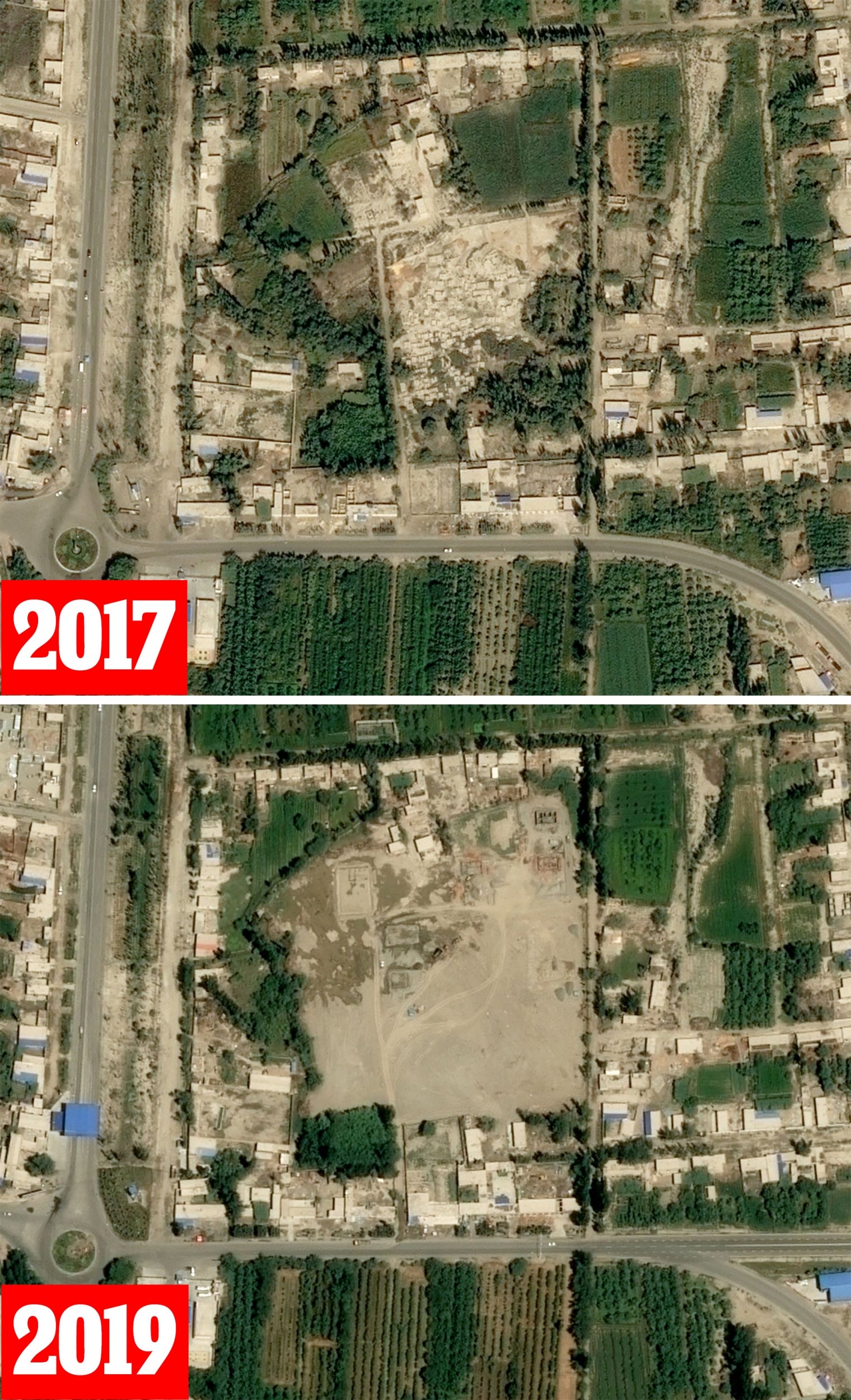

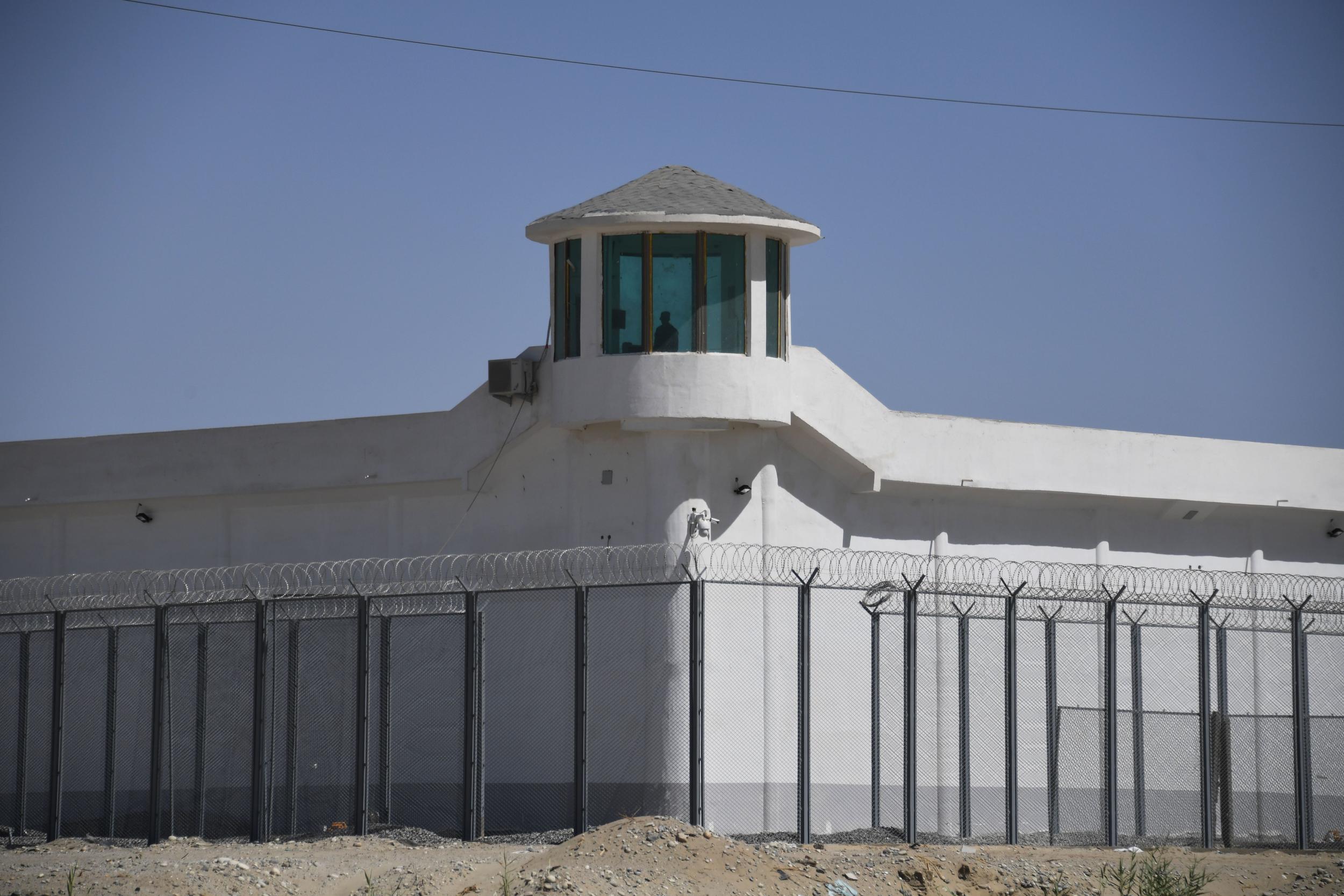
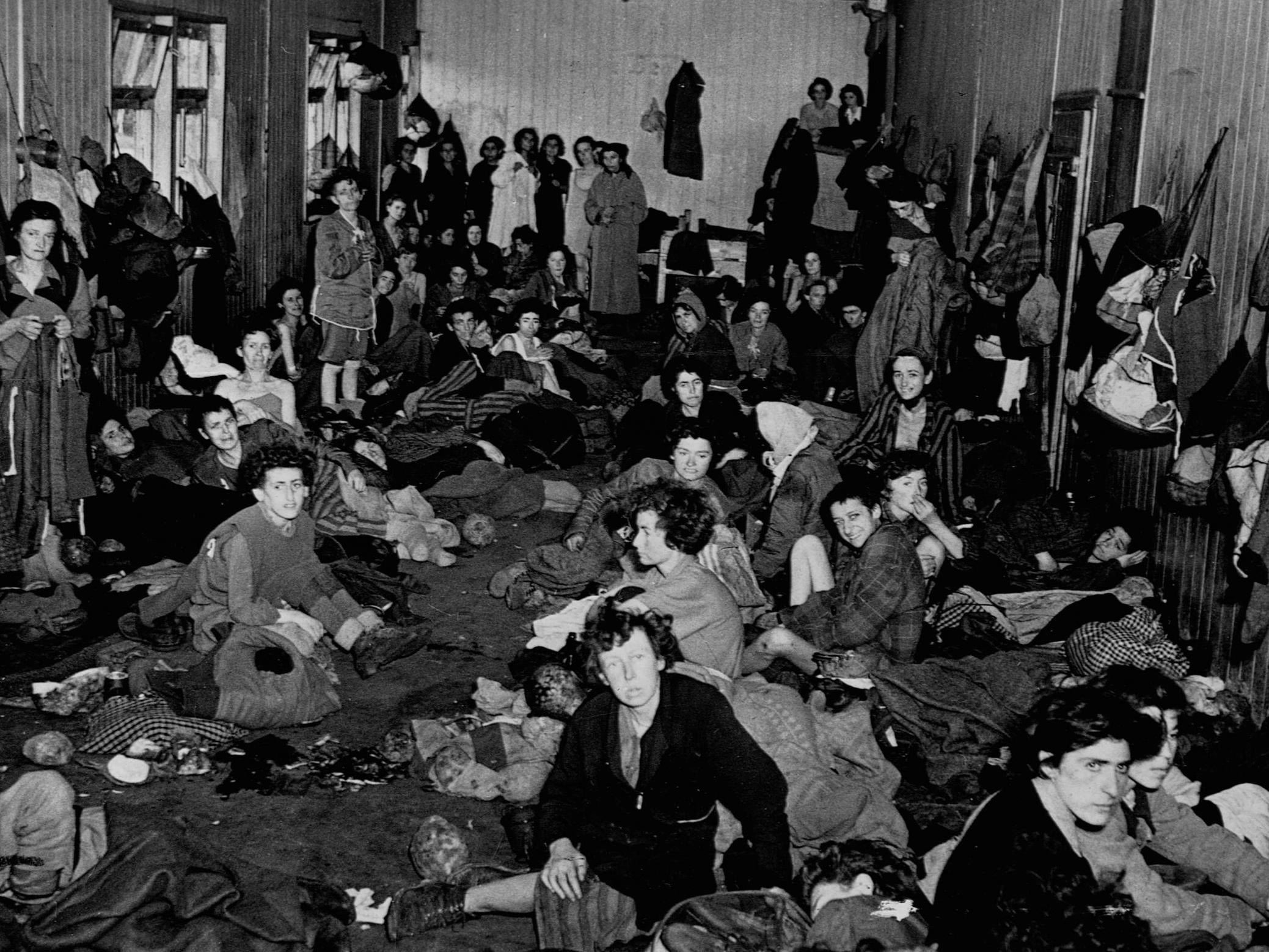


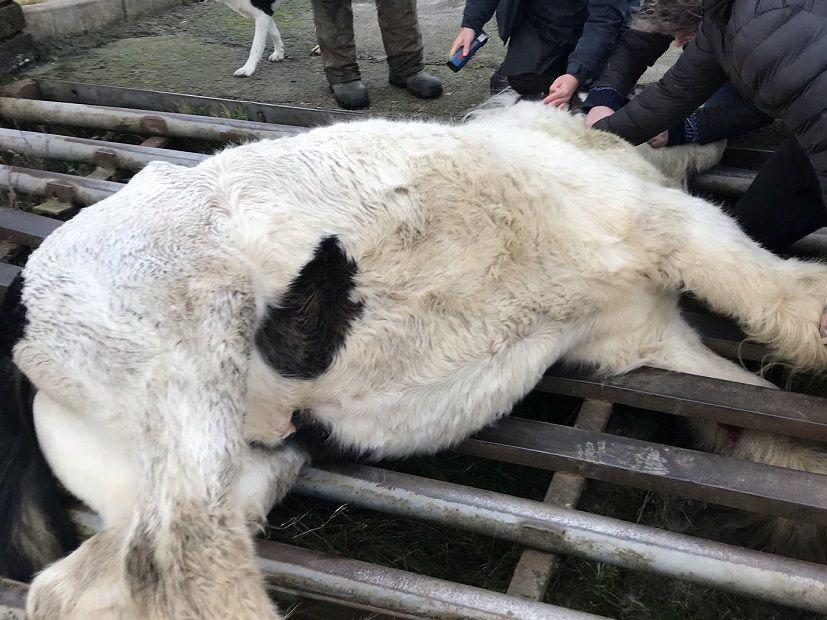



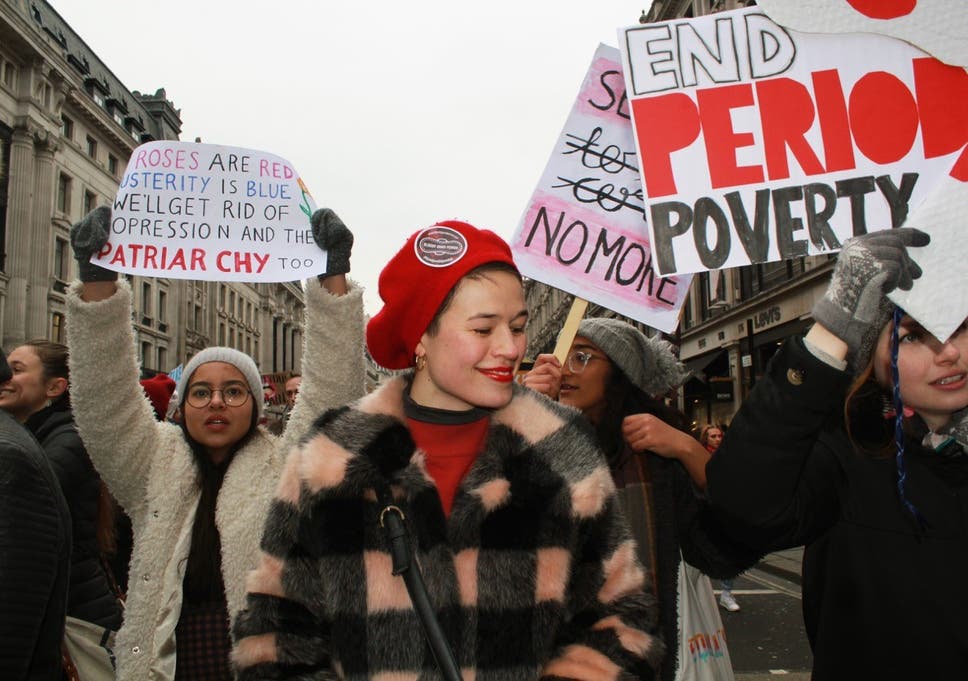
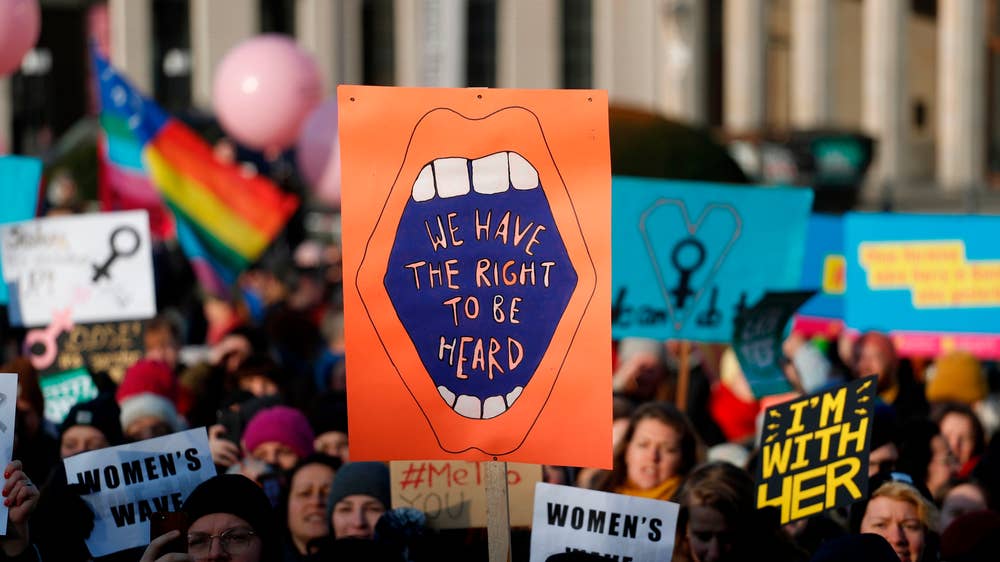

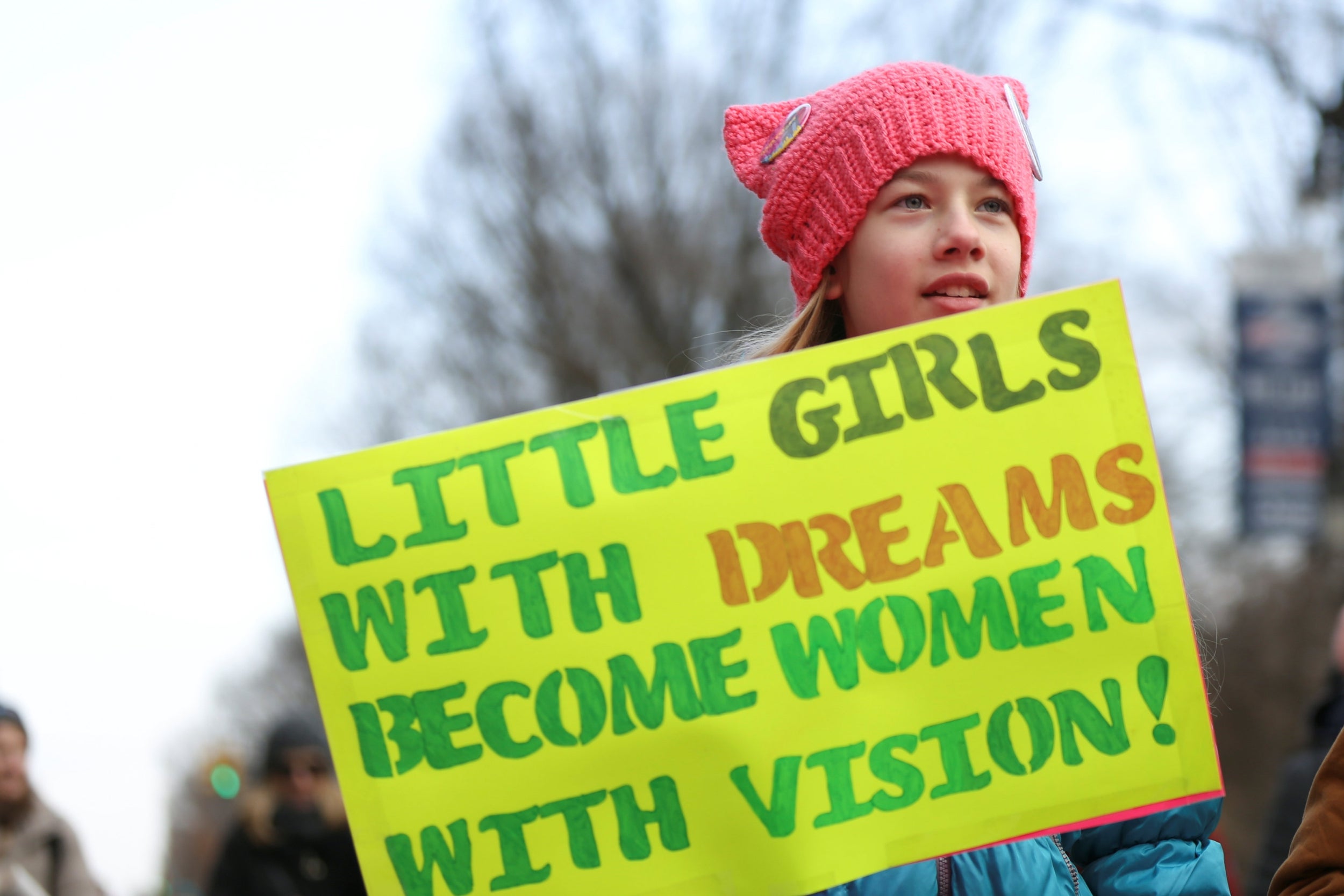
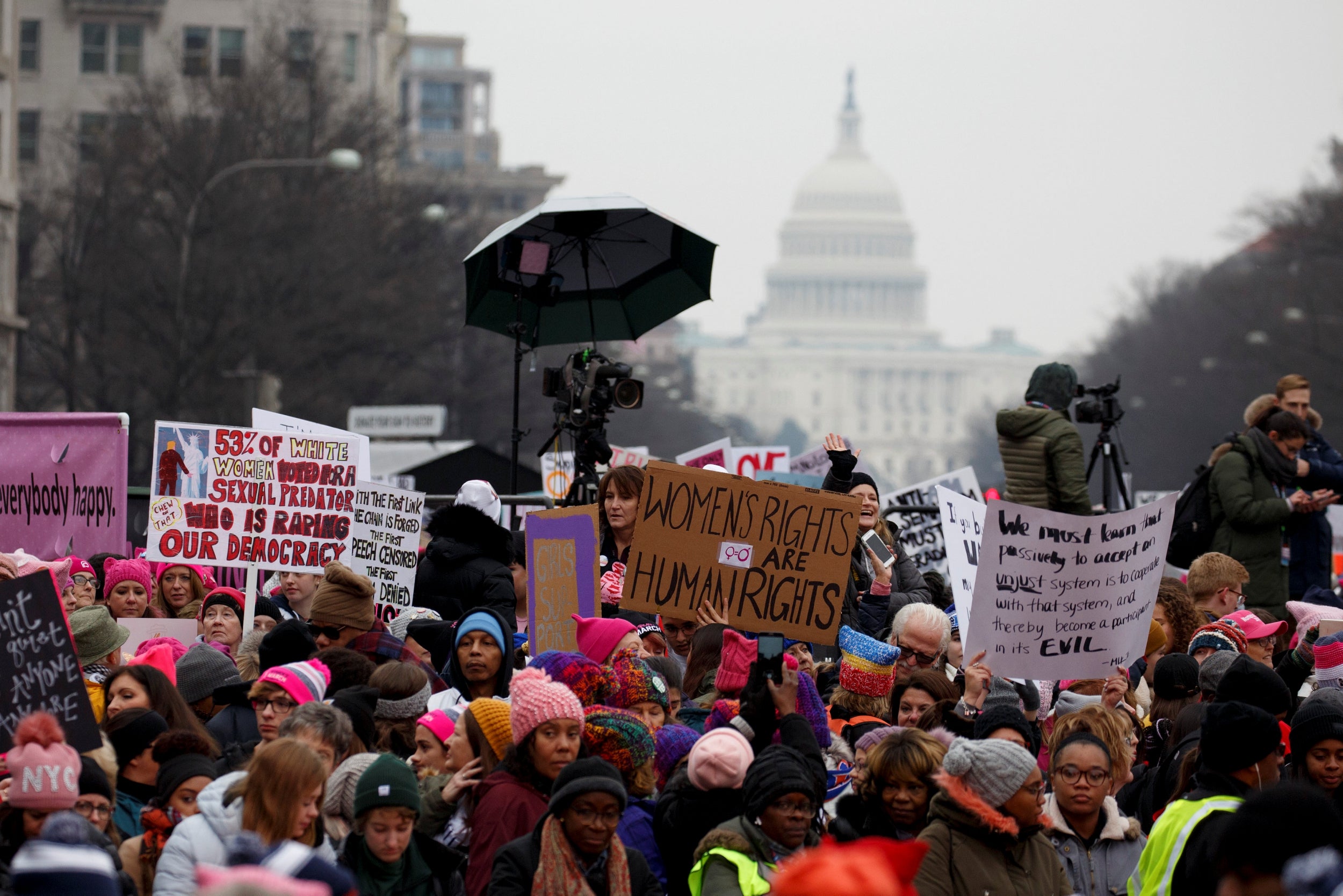




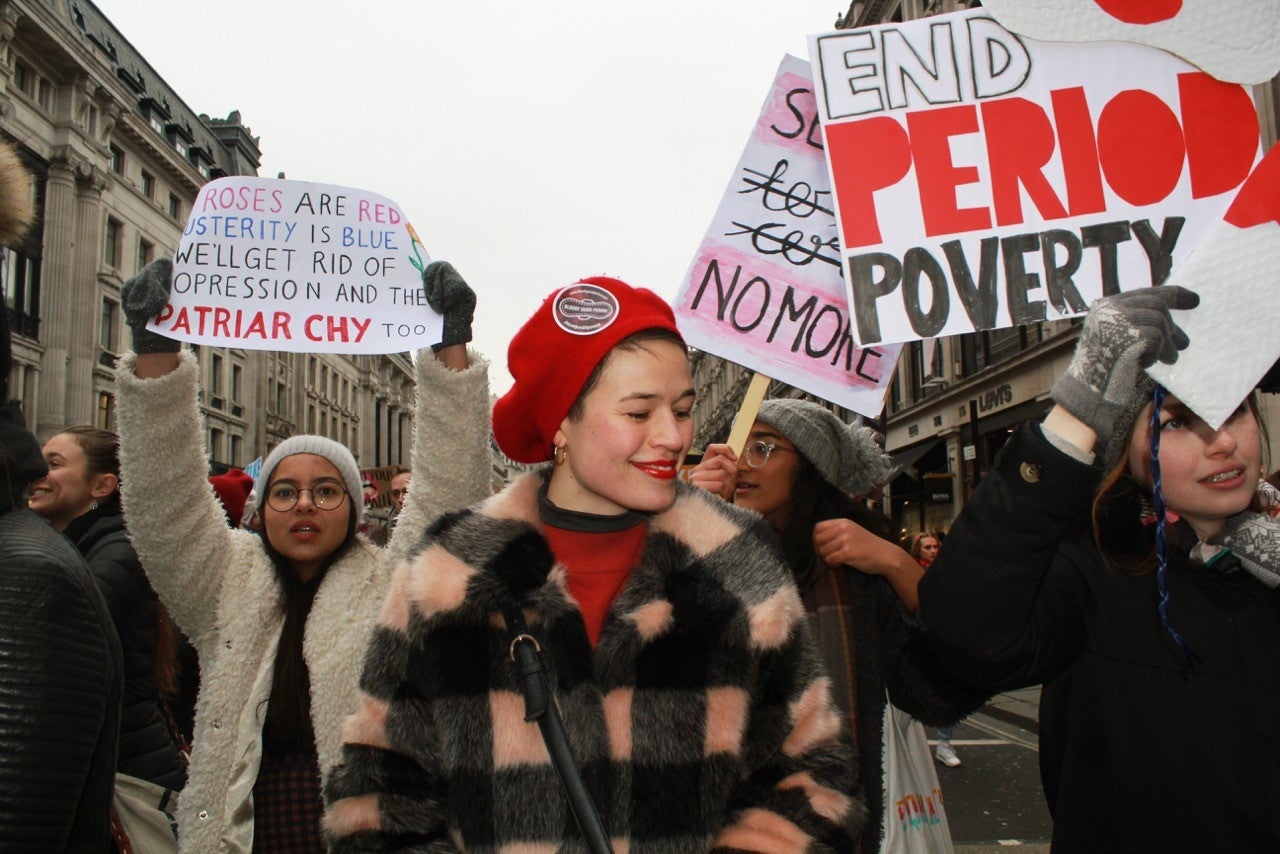
















/arc-anglerfish-tgam-prod-tgam.s3.amazonaws.com/public/ACTZZABZ75DJ3HDRAOFSPBRBDU)





